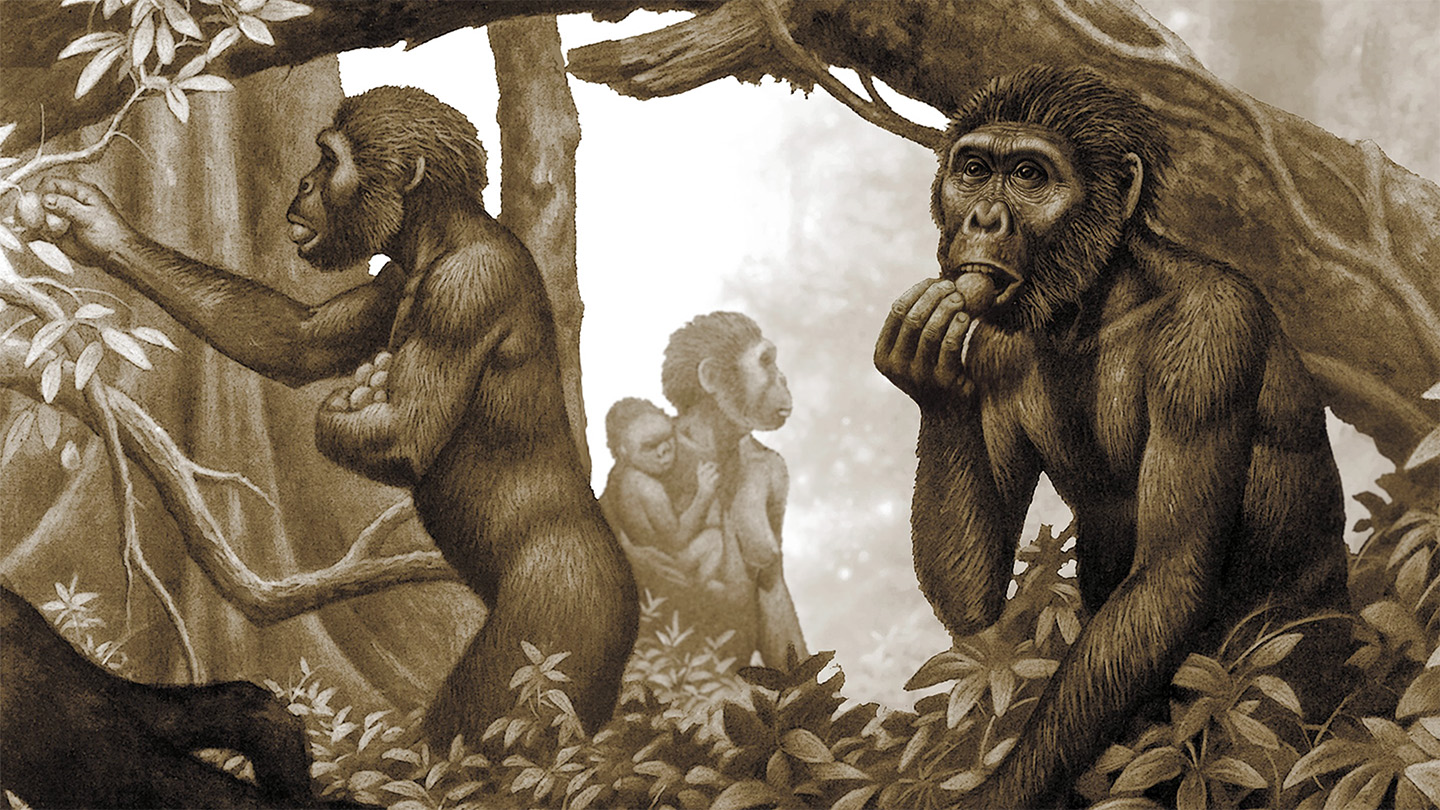Early human ancestors didn’t regularly eat meat

Some of our species’ earliest ancestors may have spent a lot more time eating salad than steak.
An analysis of the chemical composition of fossilized teeth in Australopithecus africanus — an early relative of humans — suggests the bipedal primates had primarily vegetarian diets, researchers report in the Jan. 17 Science. The findings provide direct evidence of where one of humanity’s earliest ancestors sat in its local food web over 3 million years ago.
Diet has been a crucial component of human evolution, says Tina Lüdecke, a geochemist at the Max Planck Institute for Chemistry in Mainz, Germany. A switch from a vegetarian diet to the habitual consumption of high-protein foods like meat is hypothesized to have fueled the evolution of humans’ cognitive superpowers.
“These high-quality foods provide us with a lot of energy, which we need to power our huge brains,” Lüdecke says.
The precise timing of that gastronomic shift is unclear. To get a better look at diets in the deep past, Lüdecke and her colleagues drilled samples out of the teeth of 43 roughly 3.5-million-year-old fossilized mammals from the Sterkfontein caves in South Africa, including seven different A. africanus individuals. Locked in the matrix of tooth enamel are tiny bits of nitrogen-bearing organic material, which reveal secrets about ancient diets, since the ratio of two forms of nitrogen is linked to the relative amount of meat eaten in life.
Based on comparisons of the enamel nitrogen ratios from A. africanus with those of other extinct mammals from Sterkfontein and modern African mammals, the early humans appear to have had a variable diet, but not one rich in mammalian meat. The findings may have implications for how researchers understand meat consumption’s influence in the emergence of other human traits. For instance, adaptations in Australopithecus such as shorter snouts, bipedalism and the ability to thrive in a savanna ecosystem may have predated the move to a brain-boosting meat-rich diet.
Lüdecke notes that the findings don’t mean A. africanus couldn’t have occasionally exploited a meaty meal. The results also don’t rule out the primates eating lots of termites — a reliable, high-energy food — since they contain relatively less of the form of nitrogen elevated in mammalian meat. “We see that apes nowadays [fish for termites], so why not our ancestors?”
Now that there’s baseline data, Lüdecke says future studies could use the same methods on the teeth of other, later human species to see how diets may have changed over millions of years.
Source link

